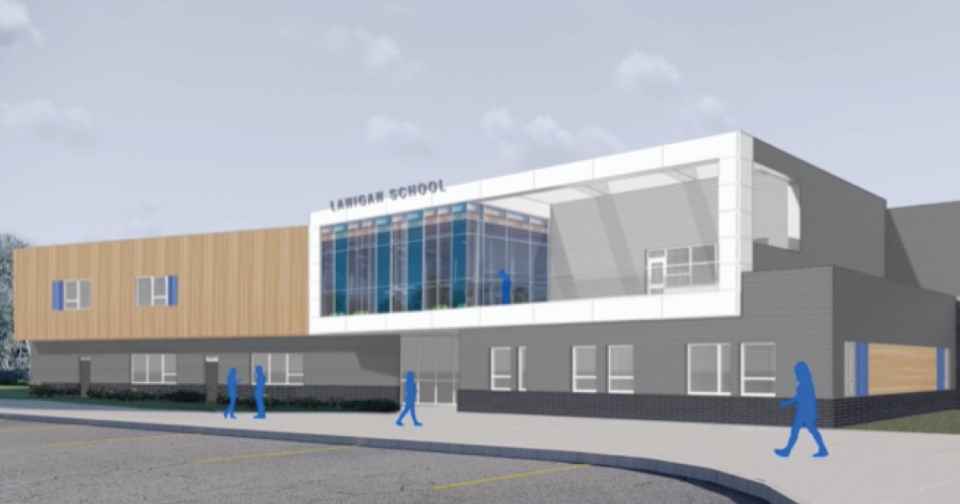HUMBOLDT — New school builds in LeRoy and Watrous, and major renovations in Kelvington, Wakaw and Muenster are on the Horizon School Division’s wishlist for 2024-25.
The division prepares a template package that is provided to the provincial education ministry for submission on an annual basis for each of the projects being proposed.
The projects proposed are:
- a new build in LeRoy to replace the existing facility;
- a new build in Watrous that would combine the existing elementary and high schools into one building;
- a renovation of the high school in Kelvington to convert it into a single K-12 school. The elementary school would then be decommissioned;
- the renewal of Wakaw School to meet modern standards;
- and renovations at Muenster School for a new industrial arts space, improvements to the main entrance, improvements to the main entrance, classroom relocations and updating spaces for cooking.
Justin Arendt, superintendent of operational services with the Horizon School Division, said the packages sent to the provincial government include:
- engineering reports,
- facility condition assessments,
- a list of current deferred maintenance projects,
- the overall facility condition index as calculated by the Ministry of Education (health and safety considerations can trigger more urgent approvals),
- or foundation/structural issues with the existing facilities,
Consideration is given to existing and future enrolments, grade configurations. Boards of education review and approve these packages for submission on an annual basis and confirm the priority of the projects to be submitted.
Arendt said they are encouraged to find operational efficiencies in the projects though community partnerships, joint schools with other school divisions (public/separate), partnerships with regional colleges, libraries, daycare, etc. Projects are scored based on the above noted factors within the Ministry of Education, and an update top 10 list of potential projects for education is released each year at budget time along with any new project approvals.
Local School Community Councils (SCCs) are asked for their feedback, along with a number of stakeholder groups once projects are given the approval to move forward to the next stage of development.
Horizon School Division directly engaged members of the local SCCs in Lanigan and Drake in the recent design development process for the new consolidated school in Lanigan, as an example. Students, trustees, and local staff are also directly involved in the design teams from the schools being impacted by the project, said Arendt.
Most of Horizon’s schools were built in the 1960s with some renovation projects taking place in the 1990s. Arendt said the most recent capital projects since Horizon was created through school board amalgamations have included:
- Humboldt Collegiate Institute (2009-10, plus a portable addition last year),
- Humboldt Public School renovation/addition (2012-13),
- St. Brieux School renovation/addition (2016-17),
- and the Lanigan K-12 consolidated school (still under construction).
“The Horizon School Division appreciates the introduction of dedicated preventative maintenance and renewal funding from the government of Saskatchewan as a component of our annual funding. School divisions, including Horizon, have significant facility pressures as it relates to deferred maintenance, ongoing facility operating costs, and enrolment pressures that are supported through funding by the Ministry of Education,” Arendt said.
The Horizon School Division is working to reduce the operating costs of our facilities where possible through additional capital investments. Arendt said one example is the recent completion of the LED lighting project that was funded though preventative maintenance and stimulus funding by the Ministry of Education. This project, which saw the replacement of all light fixtures within the school division replaced with LED lights, is already saving the school division over a quarter million dollars each year in energy costs.
“We will continue to pursue projects of this nature whenever possible,” Arendt said.




